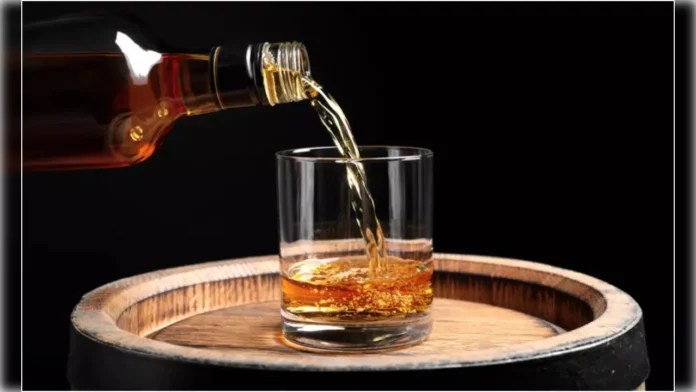Grabbing a bottle of liquor can feel like stepping into a never-ending maze. The labels scream “bourbon,” “whiskey,” “single malt,” and “rye,” leaving even seasoned drinkers scratching their heads. Let’s clear up the confusion and help you decide what to pour into your glass next.
What Is Whiskey?
Whiskey covers a wide range of spirits made from grain mash, distilled, and aged in wooden barrels. Different styles fall under the whiskey umbrella—Scotch, Irish, rye, and yes, bourbon. Each type has unique production rules, giving them their distinct characteristics.
For instance, Scotch, primarily made in Scotland, often boasts a smoky flavor due to peat. Irish, typically triple-distilled, offers a smoother taste. Whiskey’s flexibility means every country has its spin on it, but the basics remain consistent.
What Makes Bourbon Different?
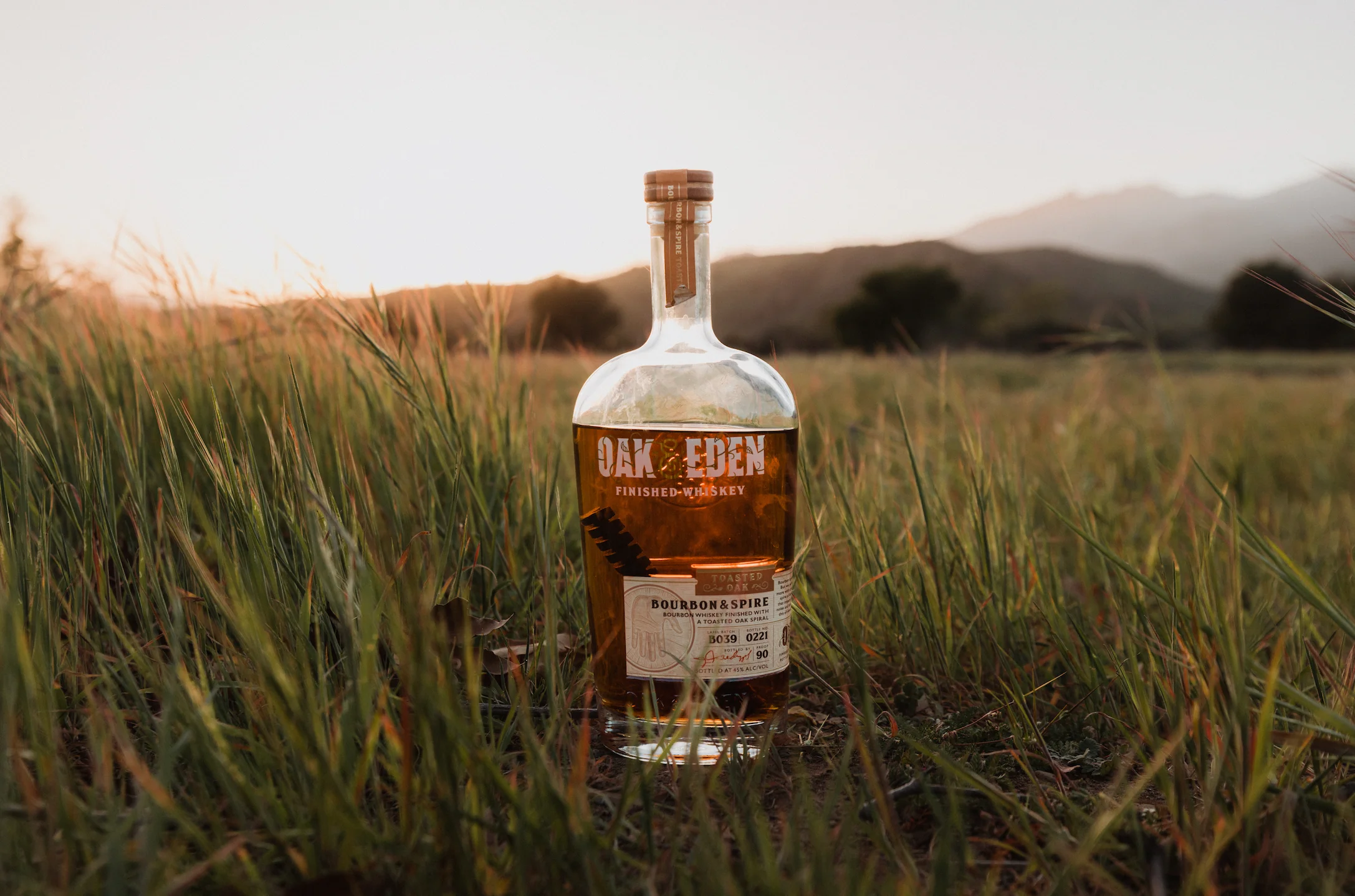

Bourbon is a specific type of whiskey with strict guidelines. The mash must contain at least 51% corn, making it sweeter than other types. It must be aged in new, charred oak barrels and distilled to no more than 160 proof.
To be called bourbon, production must happen in the United States. Though Kentucky often claims ownership, any state can produce it. If you’re searching for a sweeter option, bourbon might be your go-to.
Decpapi offers an inviting space for those who value the harmony between contemporary lifestyles and the enduring charm of premium spirits. Whether you’re exploring the rich flavors of bourbon or other distinguished drinks, Decpapi celebrates the artistry and tradition behind every sip.
How Does Bourbon Taste Compare to Whiskey?
Flavor sets bourbon apart. Bourbon’s higher corn content creates a profile leaning toward caramel, vanilla, and butterscotch. This makes it great for cocktails or sipping neat.
Whiskey, as a broader category, can taste drastically different depending on the type. Scotch often brings smoky or peaty notes, while Irish whiskey tends to be light and fruity. Rye, on the other hand, has a spicy kick.
Choosing Bourbon or Whiskey
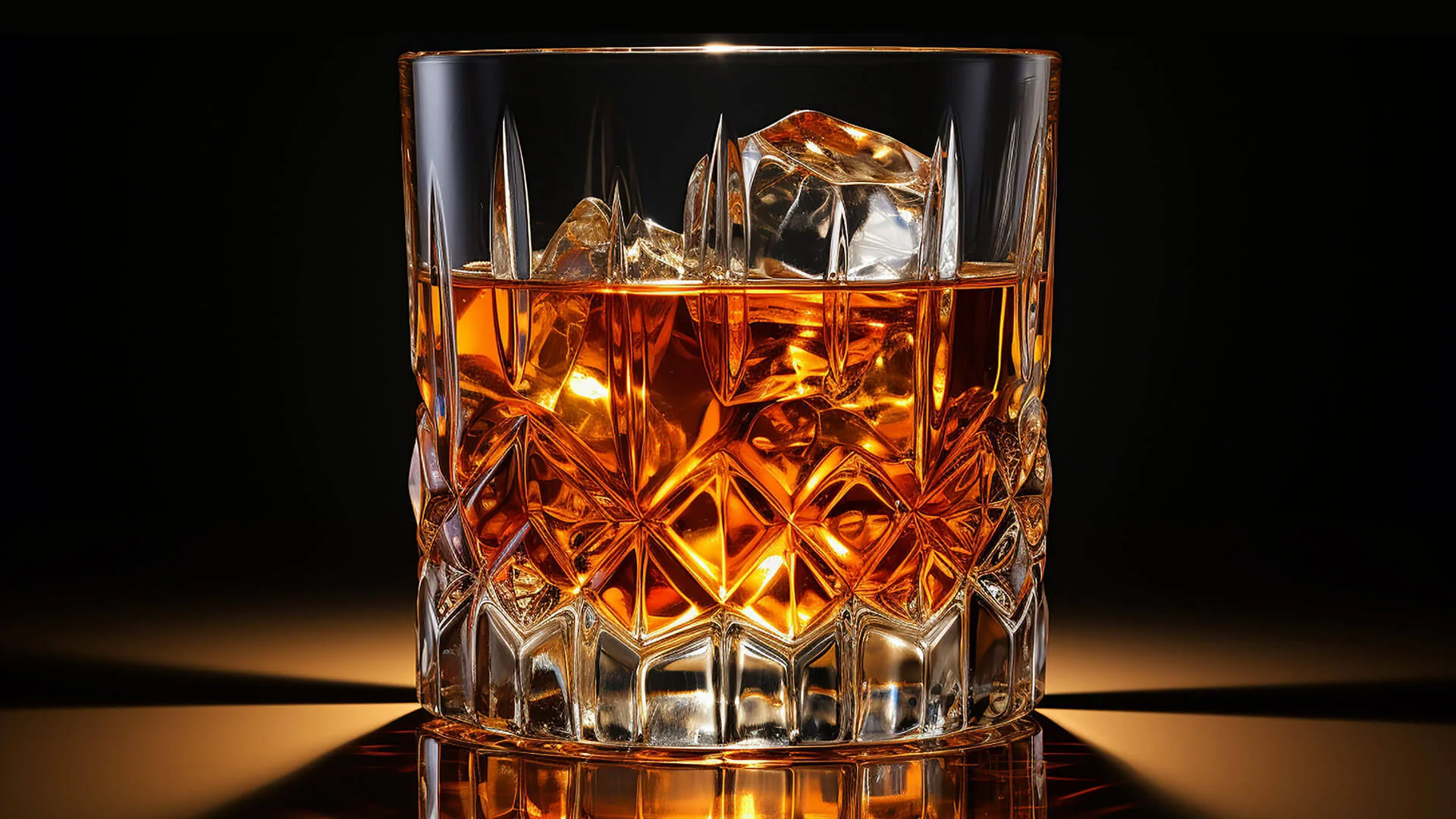

Your choice depends on the flavor you enjoy most. Use the tips below to decide.
- Sweet Tooth? Go for bourbon if you prefer sweeter, dessert-like notes.
- Smoky Cravings? Scotch offers a bold, peaty flavor perfect for adventurous palates.
- Balanced and Smooth? Irish whiskey delivers an approachable, mild taste.
- Spice Lover? Rye provides the bite you might crave in a cocktail.
Popular Cocktails
The way bourbon or whiskey shines in a cocktail differs greatly. Let’s look at where each thrives.
Bourbon Favorites
- Old Fashioned – Simple and sweet, bourbon takes center stage.
- Mint Julep – Perfectly refreshing with a minty kick.
- Whiskey Sour – Balanced sweetness with a citrusy twist.
Whiskey Classics
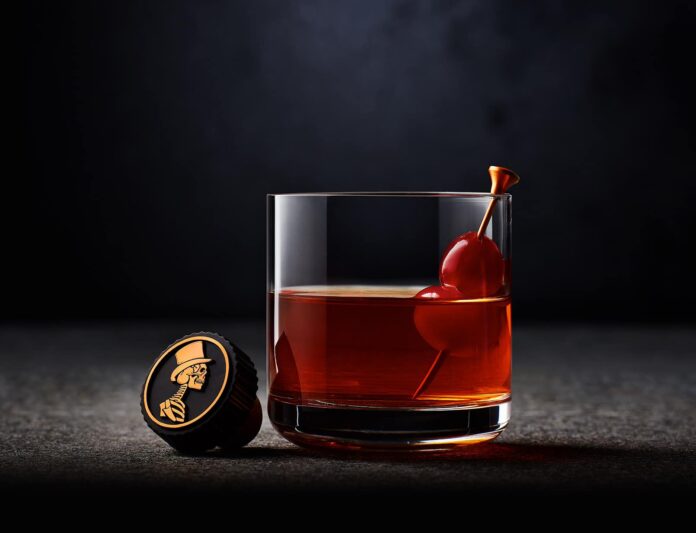

- Manhattan – Rye whiskey blends beautifully with vermouth and bitters.
- Rob Roy – Scotch whiskey adds complexity.
- Irish Coffee – Irish whiskey warms up this delightful after-dinner treat.
Fun Facts
Bourbon barrels can only be used once. Afterward, many go to aging Scotch or tequila.
Whiskey distillation dates back over 1,000 years, originating in Ireland and Scotland.
By law, bourbon must not include additives—its sweetness is all-natural.
Scotch’s smoky flavor often comes from drying malted barley over a peat fire.
Tips for Beginners
If you’re new to bourbon or whiskey, follow these steps:
- Start Light: Begin with an Irish whiskey or a mild bourbon like Maker’s Mark.
- Sip Neat: Avoid mixing right away. Experience the flavor on its own.
- Experiment: Try different brands and styles to find your favorite.
- Visit Distilleries: Learn directly from the experts for a hands-on experience.
The Role of Aging in Bourbon and Whiskey
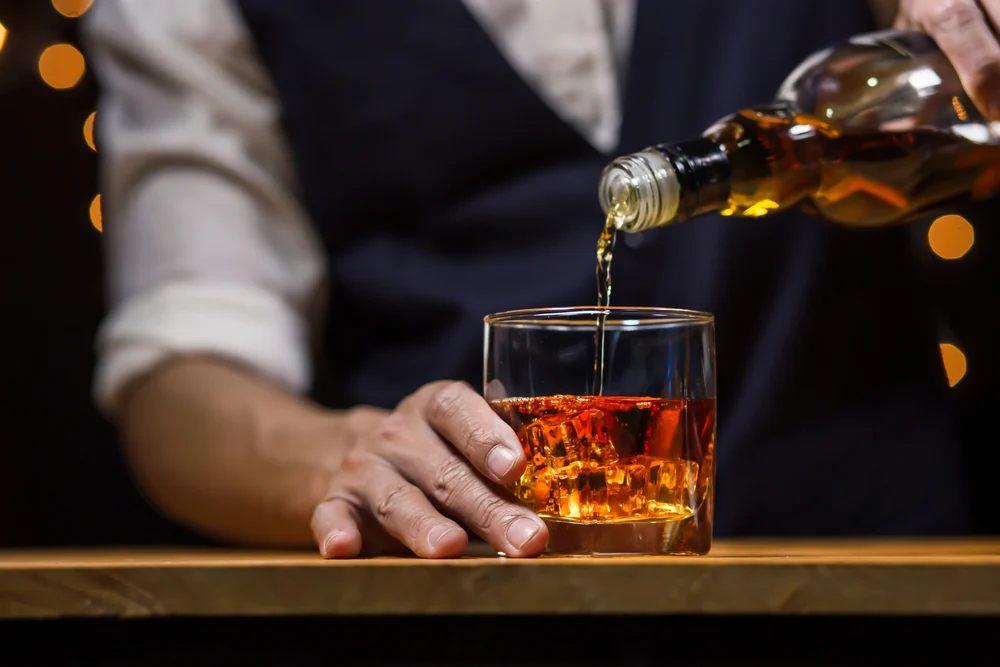

Aging plays a crucial role in shaping the flavor of both bourbon and whiskey. Bourbon must be aged in new, charred oak barrels, which impart rich caramel and vanilla notes. The charred wood interacts with the liquid, creating its signature smoothness.
Whiskey, depending on its type, might use previously used barrels, resulting in more nuanced flavors, often influenced by what was previously aged in the wood. Aging times vary greatly, with some whiskeys spending decades in barrels, enhancing depth and complexity.
Bourbon and Whiskey Around the World
Bourbon may be uniquely American, but whiskey spans the globe. Scotland is synonymous with Scotch, known for its smoky and peaty notes. Ireland boasts smooth, triple-distilled varieties, while Japan has gained acclaim for its meticulous approach, often blending Western traditions with a local twist. In Canada, rye whiskey dominates, bringing spice to the mix. Each region offers its unique take, giving drinkers plenty of options to explore.
Pairing Bourbon and Whiskey with Food
Pairing them with food can elevate your tasting experience. Bourbon’s sweetness pairs beautifully with barbecue, grilled meats, and desserts like pecan pie. Whiskey, depending on the style, complements a broader range—Scotch goes well with smoked salmon, Irish shines with lighter fare like cheese and rye’s spice cuts through rich dishes like lamb or duck. Experimentation is key to finding your perfect pairing.
Frequently Asked Questions
1. Is bourbon always made in Kentucky?
No. Though most bourbon comes from Kentucky, production can happen anywhere in the U.S.
2. Can bourbon be aged for less than two years?
Yes, but it cannot be labeled “straight bourbon” unless aged for at least two years.
3. Does whiskey have to be aged in oak barrels?
Yes, but the type of barrel and its condition vary depending on the style.
Conclusion
Bourbon and whiskey come from a shared tradition but offer distinct experiences for drinkers. One leans into its sweeter, dessert-like charm, while the other brings versatility through a broader spectrum of flavors and profiles.
Each sip tells a story of craftsmanship, history, and regional pride, making them equally fascinating to explore. The differences aren’t just in taste but in how they can be enjoyed—whether neat, on the rocks, or in a cocktail, there’s something for every preference. However, it’s important to approach these experiences with an awareness of alcoholism responsibility, ensuring that enjoyment remains both mindful and balanced.
Ultimately, choosing between them comes down to personal taste. Some might prefer the smoothness and caramel notes of one, while others appreciate the bold, smoky nuances of another. There are no wrong choices here. Pour yourself a glass, let the flavors unfold, and enjoy the timeless tradition of savoring a well-made spirit responsibly.

